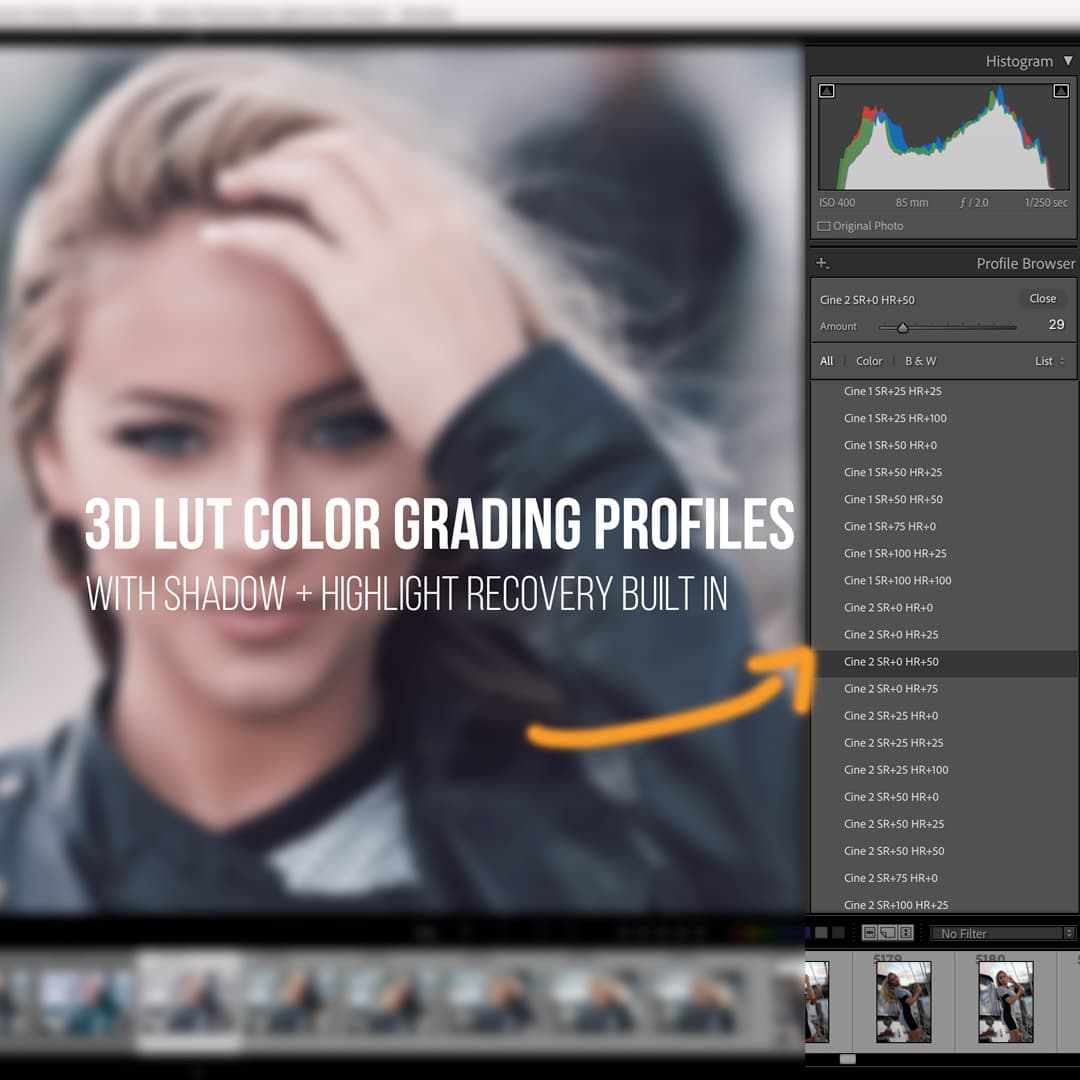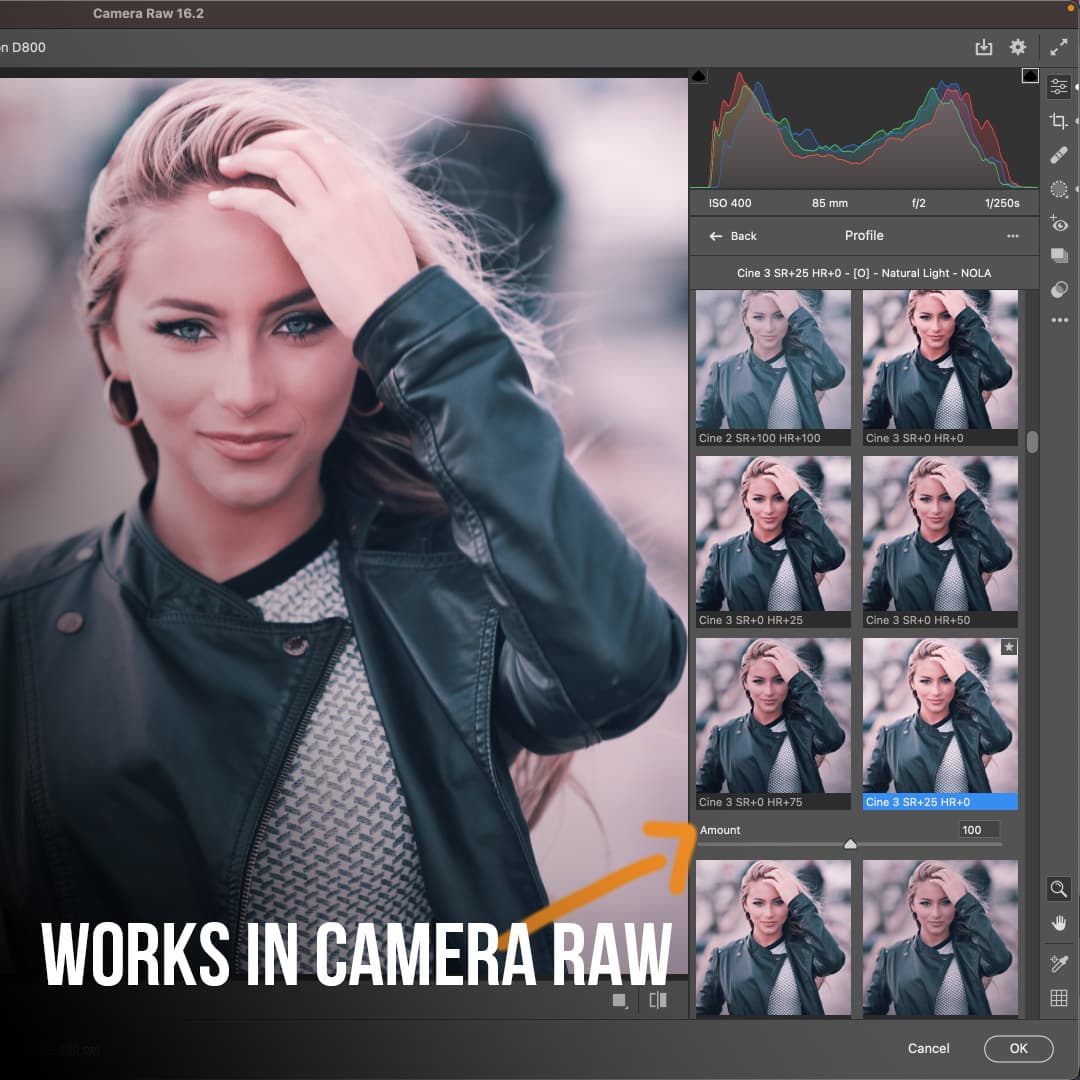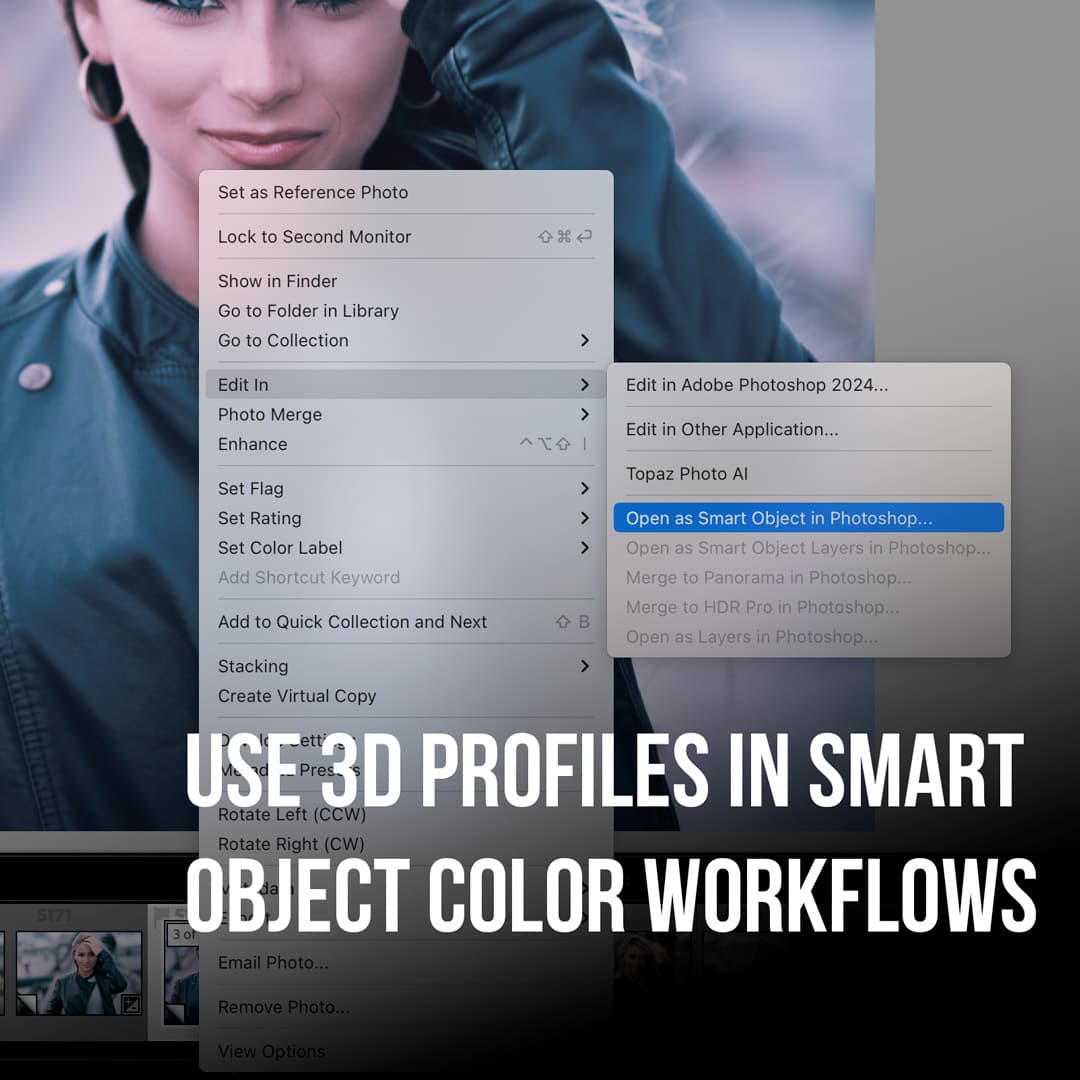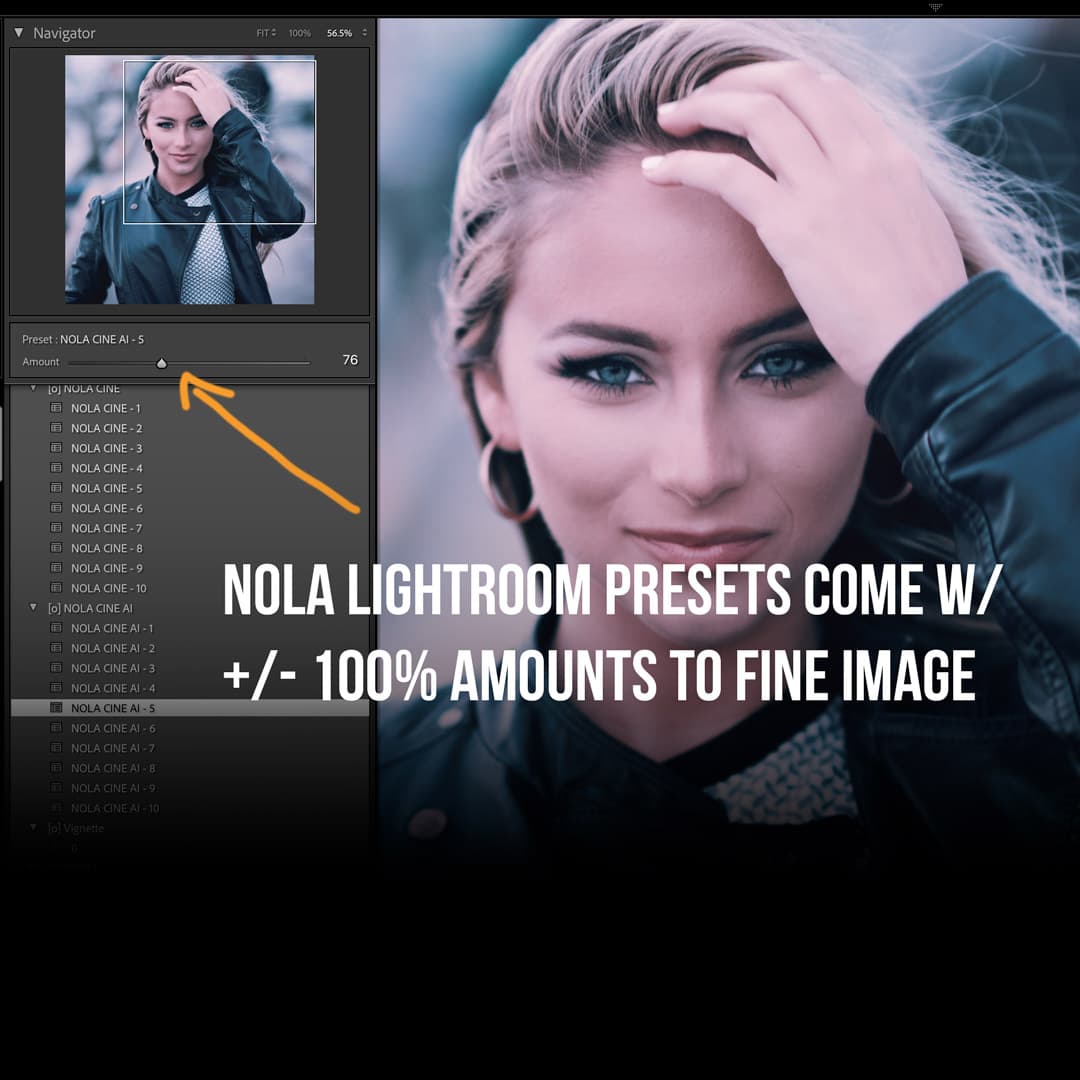Creating transparent images in Photoshop is a valuable skill for graphic designers and photographers alike. Whether you're designing logos, creating product mockups, or editing photos for web use, knowing how to remove backgrounds and add transparency can elevate your work to the next level.
In Photoshop, you can make an image transparent by using tools like the Magic Wand, Quick Selection, or Pen Tool to isolate the subject. Then, you can delete or mask the background.
We'll guide you through the process step-by-step, covering different techniques to achieve transparency in your images. From simple backgrounds to complex subjects, we'll explore methods that cater to various skill levels and project requirements.
By the end of this article, you'll have the knowledge to create professional-looking transparent images with ease.
Key Takeaways
- Photoshop offers multiple tools to create transparent backgrounds for various image types
- Layer masks and opacity settings provide flexible ways to control transparency in Photoshop
- Saving images in the correct file format is crucial for preserving transparency when exporting from Photoshop
Getting Started with Photoshop
Adobe Photoshop offers a powerful set of tools for image editing and creation. We'll explore how to set up a new document and navigate the essential interface elements to begin your project.
Creating a New Document
To start a new project in Adobe Photoshop, we click "File" then "New" in the top menu. This opens the New Document dialog box.
Here, we can set the width, height, and resolution of our canvas.
For web graphics, we typically use 72 pixels per inch, while print projects require 300 ppi for crisp results.
We can choose from preset sizes or enter custom dimensions. The Color Mode dropdown lets us select RGB for digital work or CMYK for print.
Background Contents determines our starting canvas - we often pick "Transparent" for versatile editing.
Once satisfied with our settings, we click "Create" to generate our new document.
Understanding the Photoshop Interface
The Photoshop interface consists of several key panels and tools. The Layers panel is central to our workflow, allowing us to stack and organize different elements of our image.
We can create new layers, adjust their opacity, and apply blending modes here.
The Properties panel adapts to our selected tool or layer, providing relevant options and adjustments. For instance, when working with text, it displays font choices and styling options.
On the left, we find the Tools panel with various editing instruments. The Move tool helps position elements, while selection tools like the Magic Wand allow us to isolate parts of an image. Brush tools are perfect for painting or retouching.
The Options bar at the top changes based on our active tool, offering specific settings to fine-tune our work.
Working with Layers
Layers are the foundation for creating transparent images in Photoshop. They allow us to manipulate different elements separately and control transparency with precision.
Layers Overview
Layers in Photoshop act like transparent sheets stacked on top of each other. Each layer can contain different elements of an image, such as text, shapes, or photos. The Layer panel displays all layers in a document, allowing us to manage their order and visibility.
We can adjust the opacity of entire layers or use blending modes to create unique effects. Layers also support masks, which are grayscale images that control the visibility of layer content.
To view a layer's contents, we click the eye icon next to it in the Layers panel. This toggles the layer's visibility on and off, helping us focus on specific elements of our composition.
Creating and Managing Layers
To start working with layers, we often need to convert the background to a regular layer. This unlocks the layer, allowing us to apply transparency and other effects.
To create a new layer:
- Click the "New Layer" button in the Layers panel
- Use the keyboard shortcut Ctrl+Shift+N (Cmd+Shift+N on Mac)
- Go to Layer > New > Layer in the top menu
We can duplicate layers by right-clicking on a layer and selecting "Duplicate Layer" or using the keyboard shortcut Ctrl+J (Cmd+J on Mac). This is useful for creating backup copies or applying different effects to the same content.
To rearrange layers, we simply click and drag them up or down in the Layers panel. This changes their stacking order in the image.
Using Layer Mask for Transparency
Layer masks are powerful tools for creating transparent areas in an image. Unlike erasing, masks allow for non-destructive editing, meaning we can always adjust or reverse the changes.
To add a layer mask:
- Select the layer in the Layers panel
- Click the "Add Layer Mask" button at the bottom of the panel
The mask appears as a white thumbnail next to the layer thumbnail. White areas of the mask reveal the layer content, while black areas hide it. Gray areas create partial transparency.
We can paint on the mask with black or white brushes to hide or reveal parts of the layer. For precise control, we use the Brush tool with different opacities and hardness settings.
Layer masks are especially useful for creating complex transparent backgrounds or blending multiple images seamlessly.
Selecting Areas of an Image
Selecting specific areas of an image is crucial for creating transparent elements in Photoshop. We'll explore various selection tools and techniques to achieve precise results.
Magic Wand Tool and Its Applications
The Magic Wand tool is excellent for selecting areas with similar colors. We can adjust the tolerance to control how closely colors must match. A lower tolerance selects fewer similar colors, while a higher tolerance selects a broader range.
To use the Magic Wand, we click on the area we want to select. For complex images, we may need to hold Shift and click multiple times to add to our selection.
The Contiguous option limits selection to adjacent areas. Unchecking it allows selection of similar colors throughout the image.
We can refine our selection using the Select and Mask workspace, accessible from the Options bar.
Lasso Tool Versatility
The Lasso tool offers manual control for irregular selections. We have three options:
- Standard Lasso: Freehand drawing
- Polygonal Lasso: Straight-edged selections
- Magnetic Lasso: Snaps to edges automatically
For precise selections, we can zoom in and use a graphics tablet for better control. The Polygonal Lasso is ideal for straight-edged objects, while the Magnetic Lasso works well with high-contrast edges.
We can combine Lasso tools with other selection methods. For instance, we might use the Magic Wand for a rough selection, then refine it with the Lasso tool.
Advantages of Using Pen Tool for Selection
The Pen tool offers unparalleled precision for complex selections. We create paths by placing anchor points and adjusting curve handles. This method is particularly useful for objects with smooth curves or sharp edges.
Key advantages of the Pen tool include:
- Ability to create perfectly smooth curves
- Easy to edit and adjust selections
- Can save paths for future use
To convert a path to a selection, we right-click on the path and choose "Make Selection." We can then feather the selection edges for smoother transitions.
The Pen tool has a steeper learning curve but provides the most accurate selections for complex shapes.
Selective Transparency with Quick Selection and Object Selection Tools
The Quick Selection tool allows us to paint our selection quickly. It works by analyzing color and texture to guess the area we want to select. We can add or subtract from the selection easily.
The Object Selection tool uses AI to identify and select entire objects. We draw a rough rectangle or lasso around the object, and Photoshop refines the selection automatically.
Both tools work well for creating transparent selections:
- Select the desired area
- Add a layer mask to hide or reveal parts of the layer
- Adjust the mask with brush tools for fine-tuning
These tools are particularly useful for complex images with multiple objects or intricate details.
Removing Backgrounds
Photoshop offers powerful tools to remove backgrounds from images efficiently. We'll explore quick automated methods as well as techniques for refining selections to achieve professional results.
Using Quick Actions for Background Removal
Photoshop's Quick Actions provide a fast way to remove backgrounds. We can access this feature through the Properties panel or the Discover panel.
To use it, we select the layer containing our image and click "Remove Background" in the Quick Actions section. Photoshop uses AI to detect the main subject and remove the background automatically.
For images with clear contrast between the subject and background, this method works exceptionally well. However, complex images may require additional refinement. We can adjust the results using the Select and Mask workspace or other selection tools if needed.
Fine-Tuning Selections with Refine Edge
When Quick Actions don't provide perfect results, we turn to the Refine Edge tool for more precise control. This tool is especially useful for images with intricate details like hair or fur.
To use Refine Edge:
- Make an initial selection using any selection tool
- Click "Select and Mask" in the Options bar
- Use the Refine Edge Brush to paint over edge areas
The Refine Edge tool analyzes the contrast and texture in these areas to create a more accurate selection. We can adjust settings like Smooth, Feather, and Contrast to further improve the selection quality. This method allows us to achieve professional-grade transparency, even with challenging images.
Creating Transparent Images
Transparent images are essential for various design projects. We'll explore techniques for making logos, graphics, and text elements transparent in Photoshop.
Making Logos and Graphics Transparent
To create a transparent background for logos and graphics in Photoshop, we start by opening the image.
Next, we select the layer containing the logo or graphic. Use the Magic Wand or Quick Selection tool to select the background.
Press Delete to remove the selected area. The checkerboard pattern indicates transparency.
For complex images, use the Pen tool for precise selections.
To save the transparent image, choose File > Save As.
Select PNG or GIF format, as these support transparency. Ensure "Transparency" is checked in the save options.
PNG is ideal for high-quality graphics, while GIF works well for simpler designs with limited colors.
Utilizing Transparency with Text and Shapes
We can also apply transparency to text and shapes in Photoshop.
Start by creating a new layer for your text or shape. Use the Type tool for text or Shape tools for custom shapes.
Adjust the layer's opacity in the Layers panel to control overall transparency.
For partial transparency, add a layer mask. Paint black on the mask to create transparent areas, or use gradients for smooth transitions.
To create see-through effects within text, right-click the text layer and choose "Blending Options." Then, adjust the "Fill Opacity" slider. This allows the text outline to remain solid while the interior becomes transparent.
For shapes, we can use the Eraser tool with varied opacity to create soft, partially transparent edges. This technique is useful for designing custom graphics with a professional look.
Saving and Exporting
Once you've created a transparent image in Photoshop, it's crucial to save and export it correctly to preserve the transparency. We'll cover the best methods for exporting transparent PNGs and explore different file formats that support transparency.
Exporting Transparent PNGs
To export a transparent image as a PNG in Photoshop, we first need to ensure our image is set up correctly. We should delete the background layer or make it invisible.
Next, we'll follow these steps:
- Go to File > Export > Export As
- Choose PNG from the format dropdown
- Make sure "Transparency" is checked
- Adjust quality settings as needed
- Click Export
PNG is ideal for web graphics, as it supports full transparency and maintains image quality.
Working with Different File Formats for Transparency
While PNG is the most common format for transparent images, other options exist. We'll explore a few alternatives:
- GIF: Supports basic transparency but limited to 256 colors
- TIFF: Ideal for print, supports layers and transparency
- PSD: Photoshop's native format, preserves all layers and transparency
For web use, we recommend sticking with PNG. It offers the best balance of quality and file size for transparent images.
When working with transparency in Photoshop, we can create composite images by combining multiple layers with varying levels of opacity. This technique allows for creative visual effects and seamless blending of elements.
Real-World Applications
Transparent images have become essential in modern digital media. We'll explore how transparency enhances marketing materials and product photography, creating visually appealing and versatile content.
Graphic Transparency in Marketing and Advertising
We often use transparent backgrounds in marketing to create eye-catching designs. Logos with transparency blend seamlessly across various backgrounds, maintaining brand consistency.
Transparent elements add depth to social media graphics, making them more engaging. We can overlay transparent shapes or images on photos to create unique visual effects.
In web design, transparent PNG images allow for creative layering. This technique creates dynamic, interactive user experiences without cluttering the layout.
Enhancing Product Photography with Transparent Backgrounds
Making product images transparent is crucial for e-commerce. We remove backgrounds to focus attention on the product itself, eliminating distractions.
Transparent product photos are versatile:
- Easy to place on different website backgrounds
- Ideal for creating product catalogs
- Perfect for marketplaces that require standardized image formats
We use transparency to create 360-degree product views, allowing customers to see items from all angles. This technique increases buyer confidence and reduces return rates.
Transparent images also enable easy creation of product mockups. We can quickly place products on various backgrounds or in different contexts, saving time and resources in marketing campaigns.
Advancing Skills
Mastering transparency in Photoshop involves honing your workflow and exploring advanced techniques. We'll cover essential shortcuts and cutting-edge methods to elevate your image editing capabilities.
Improving Workflow with Photoshop Shortcuts
Efficiency is key when working with transparent images. We recommend memorizing these time-saving shortcuts:
- Ctrl+J (Cmd+J on Mac): Duplicate layer
- Ctrl+T (Cmd+T on Mac): Free Transform
- Alt+Backspace (Option+Delete on Mac): Fill with foreground color
Use the eraser tool with E key for quick transparency adjustments. Adjust brush size with [ and ] keys.
For precise opacity control, use number keys. Press 5 for 50% opacity, 7 for 70%, etc. This works for both layers and tools.
Mastering Advanced Transparency Techniques
To create complex transparent elements, we employ advanced methods. The Quick Selection tool (W key) helps isolate subjects efficiently.
Refine Edge (Select and Mask) is crucial for hair and fur. Access it via Select > Select and Mask. Adjust edge detection for seamless results.
For marketing materials, we often use Blend If. This powerful feature creates partial transparency based on luminosity. Access it through Layer Style > Blend If.
Lastly, when saving, choose PNG format for web graphics with transparency. For print, use PSD to maintain editability.
Frequently Asked Questions
Creating transparent images in Photoshop involves several techniques and considerations. We'll address common queries about removing backgrounds, fading images, and achieving transparency across different Photoshop versions.
What are the steps to make a background transparent in Photoshop?
To make a background transparent in Photoshop, we first open the image and unlock the background layer.
Next, we select the area we want to keep using tools like the Magic Wand or Quick Selection. We then invert the selection and delete the background.
Finally, we save the image as a PNG to preserve transparency.
How can one remove the white background to make it transparent in Photoshop?
Removing a white background in Photoshop is straightforward. We start by selecting the Magic Wand tool and clicking on the white area.
We then delete the selected region. For more precise results, we can use the Pen tool to create a path around the object and convert it to a selection before deleting the background.
What is the process to fade an image to transparency using Photoshop?
To fade an image to transparency, we create a new layer mask on the image layer.
Using a large, soft brush with black as the foreground color, we paint on the mask where we want transparency. Adjusting the brush's opacity allows for a gradual fade effect.
How does one change a picture's background to transparent in Photoshop CS6?
In Photoshop CS6, we change a picture's background to transparent by first unlocking the background layer.
We then use selection tools like the Magic Wand or Quick Selection to select the background. After refining the selection, we delete the background area, leaving it transparent.
Is it possible to make a background transparent in Photoshop online without any cost?
While Photoshop itself isn't free, there are online alternatives that offer basic transparency features at no cost.
Tools like Photopea provide similar functionality to Photoshop and allow users to create transparent backgrounds without downloading software.
How do you achieve image transparency in the latest Photoshop version?
In the latest Photoshop version, we achieve image transparency using various tools. The Object Selection tool quickly selects subjects. Meanwhile, the Refine Edge brush helps with complex edges like hair. We can also use layer masks and adjustment layers for non-destructive transparency effects.





















